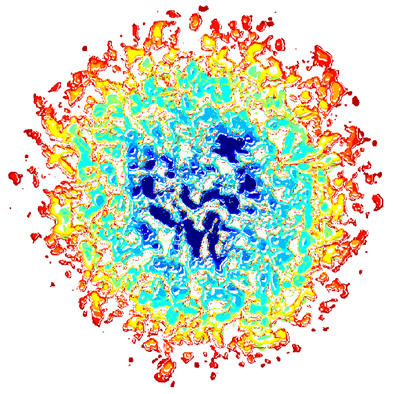 Back to projects
Back to projects

When two objects touch, the force of friction resists relative motion. Interesting examples are the internal combustion engine or the turbine of a power plant in which moving parts continuously touch and experience friction. Because it is so ubiquitous, friction is responsible for about 30% of the world energy consumption. The earliest friction experiments, conducted by Leonardo da Vinci, showed that in most cases, the force of friction is proportional to the force with which two objects are pressed against each other (see Figure 1 below). To understand the origin of this behavior, one needs to visualize the details of the contact area between two objects, at which friction emerges. This is not an easy task, because surfaces are generally rough, even at the smallest of length scales. As a result, the contact area between two rough surfaces can have structure down to the smallest, molecular scale. In this project we develop a new method to visualize the contact area between a rough and a smooth surface. This method makes use of rigidochromic molecules that can be attached to the smooth surface and light up when pressed upon (see Figure 2 below). This way, the contact between a surface covered with the molecules and a second surface, can be visualized down to the molecular length scale. We use this new technique to show how the simple friction law discovered by Leonardo da Vinci emerges from the details of rough contacts.
